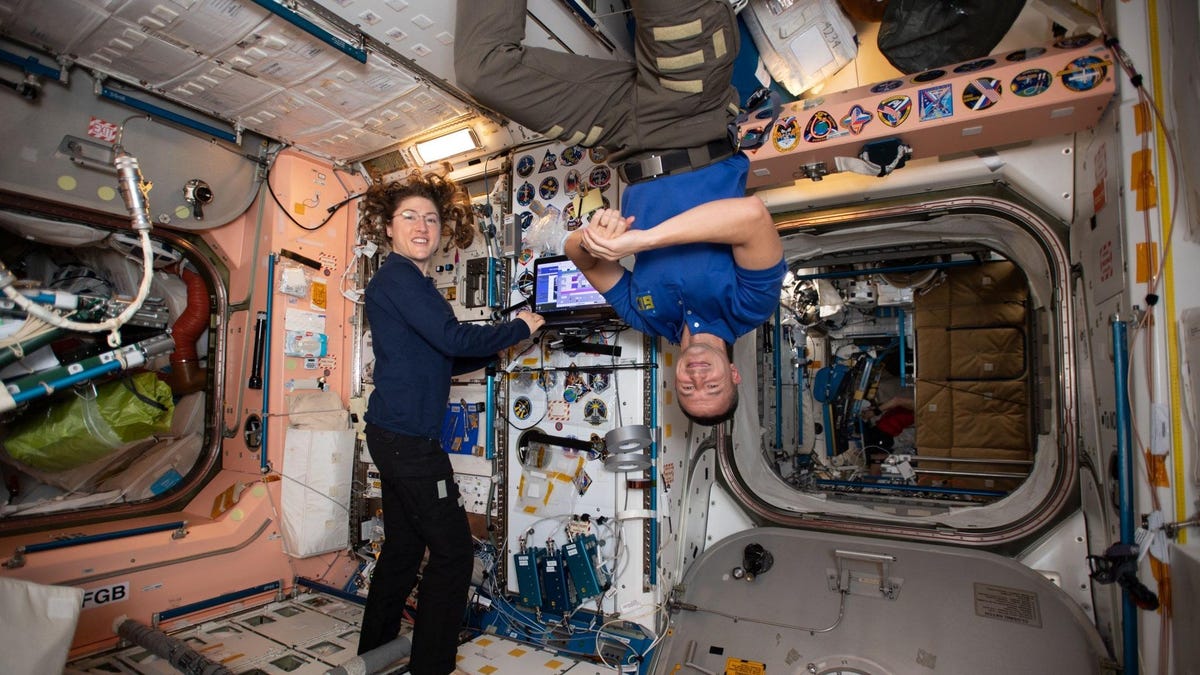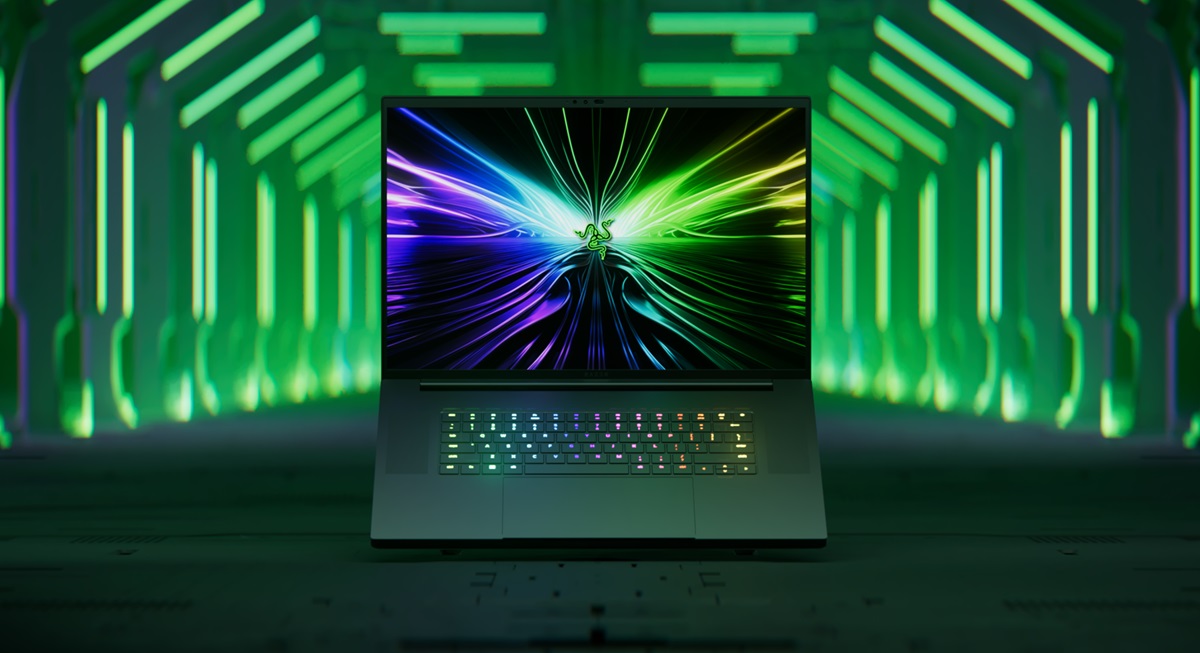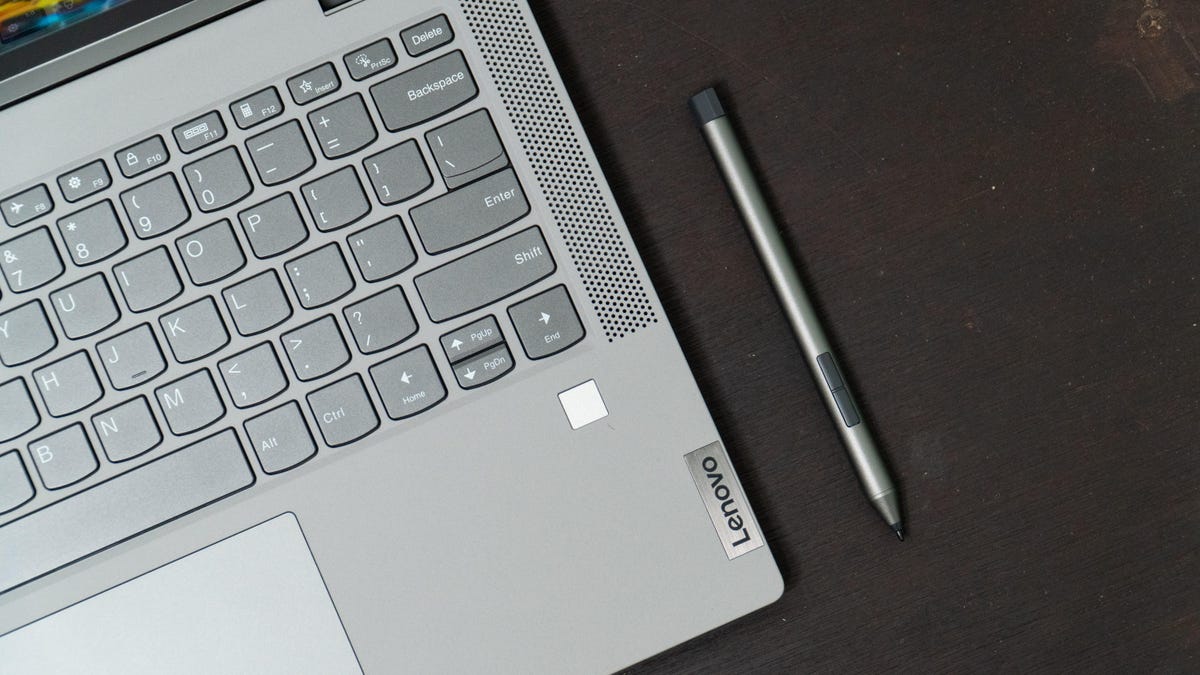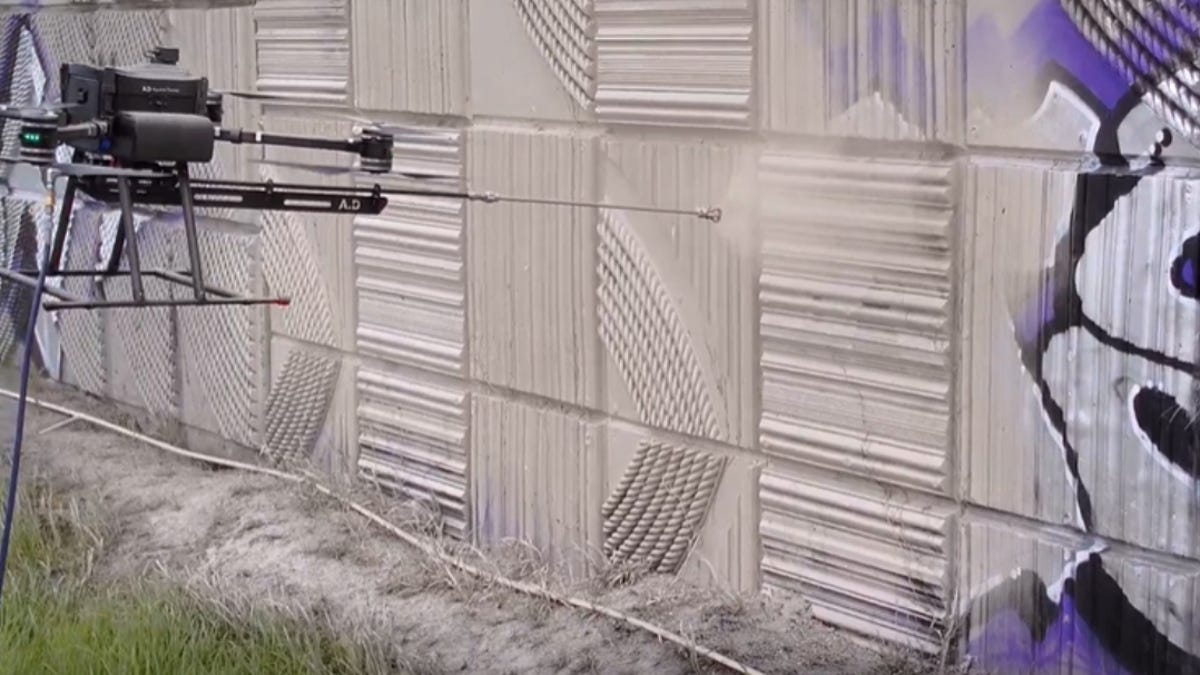Impact of Mutated Bacteria on the International Space Station
The International Space Station (ISS) serves as a research hub for astronauts studying life in low Earth orbit. However, recent findings reveal that the ISS is not only occupied by human crews, but also by a group of mutated bacteria that have adapted to thrive in the harsh conditions of space.
Research Findings
A detailed analysis of bacterial strains on the ISS uncovered mutations that have transformed these bacteria into genetically and functionally distinct forms compared to their counterparts on Earth. A recent study published on PubMed indicates that bacteria in space exhibit increased resistance to treatment and drugs, allowing them to proliferate in the microgravity environment of the space station.
Over the past two decades, the ISS has welcomed nearly 300 astronauts aboard. While astronauts typically travel with limited personal belongings, they inadvertently bring along a plethora of microbes from Earth. Consequently, a unique microbial ecosystem has developed within the confines of the space station.
Unique Environmental Factors
Researchers conducted an extensive survey in 2019, revealing a diverse array of bacteria and fungi coexisting with astronauts on the ISS. The microorganisms on the station are exposed to a different set of environmental factors such as ventilation systems, humidity levels, air pressure, and the presence of multiple crew members. Additionally, the extreme conditions in space, including microgravity, radiation exposure, and elevated carbon dioxide levels, further challenge these microorganisms to adapt in order to survive.
Focus on Enterobacter Bugandensis
Scientists honed in on Enterobacter bugandensis, a bacterial species isolated from the ISS, extracting 13 distinct strains for analysis. E. bugandensis, commonly found in the human gastrointestinal tract, possesses a remarkable ability to adapt to unconventional environments and exploit unique conditions to infect hosts. This bacterium has been associated with severe clinical infections, including neonatal sepsis.
The study unveiled that under stressful conditions, E. bugandensis mutated to enhance its resistance to antimicrobial treatments. Furthermore, this bacterial species was found to coexist with various other microorganisms, possibly aiding in their survival. The mutated behavior of E. bugandensis could potentially lead to its dominance on the ISS.
Health Implications and Precautionary Measures
Although the impact of space bacteria on astronaut health remains unclear, the researchers stress the importance of implementing preventive measures to mitigate the risks posed by these mutated species. Furthermore, the potential threat of drug-resistant microbes returning to Earth raises concerns about public health safety.
As we uncover the emergence of hardy pathogens in space, it is essential to recognize the unique microbial landscape that thrives beyond Earth’s confines, shedding light on the adaptive capabilities of bacteria in extreme environments.
Image/Photo credit: source url





